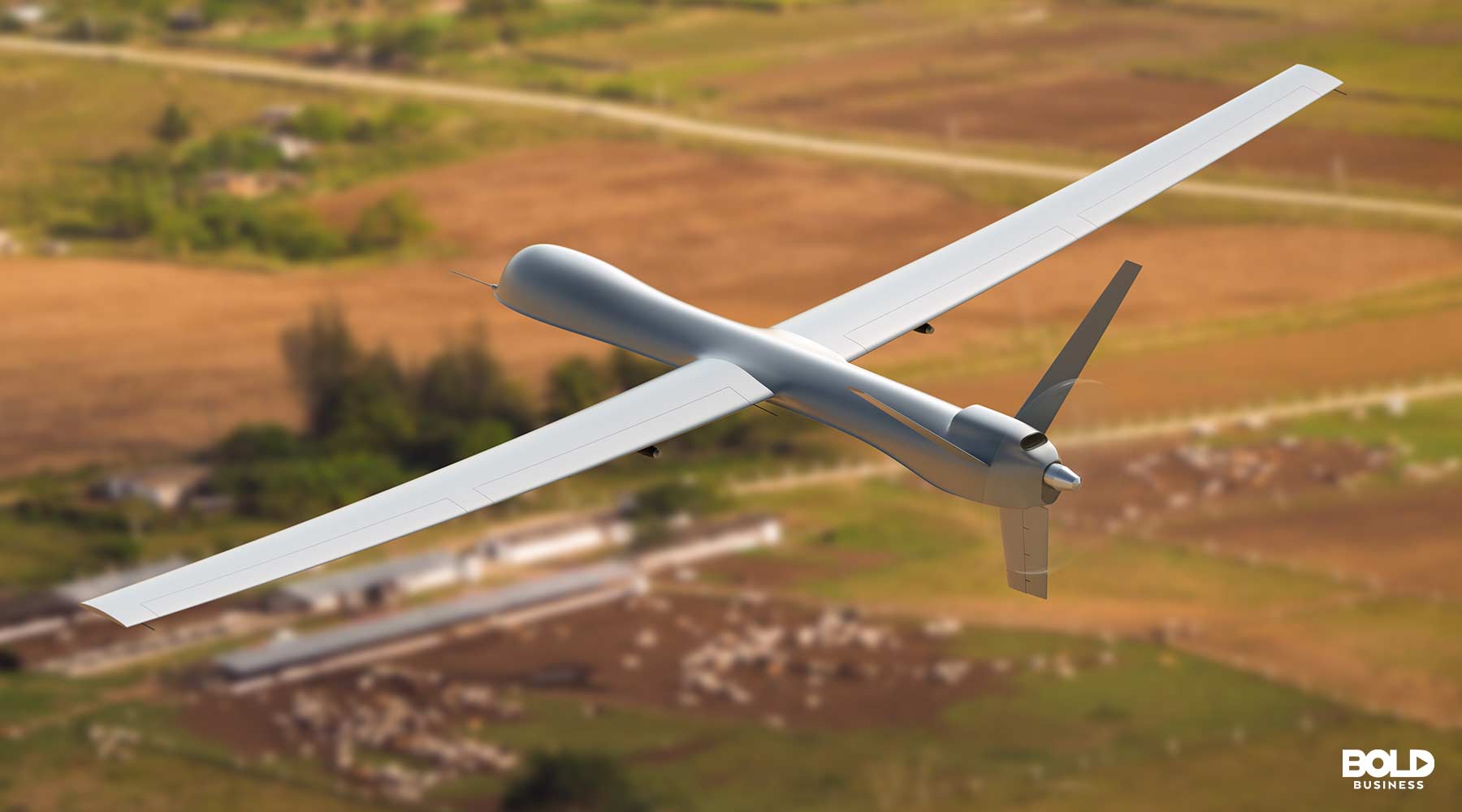“Energize!” commands, Captain Kirk. The word is emblazoned in our minds from the early Start Trek series, to such an extent that one word can summarize our entire vision of what teleportation means, right down to the flashing lights as the body solidifies and Engineer Scotty works the levers with the agility of a surgeon.
Of course, back then it was the stuff of science fiction. Now, it is cold scientific reality.
When information is passed from one [qubit] to the other, it changes the state of one qubit, and the other one changes as well, instantly, remotely, and inexplicably.
Quantum Teleportation is not something George Lucas cooked up in his mind. Although the concept of teleportation as most people know it – involves transferring human-sized objects directly from one place to another – this is not quite what is going on here. This is the teleportation of subatomic particles and entanglement patterns. Not quite the same as teleporting lunch, or a space ship, nonetheless it’s anawe-inspiring development. Now that scientists have achieved quantum teleportation from Earth to space, this opens doors for an infinite number of scenarios and possibilities.
A Chinese team, led by Quantum Physicist Pan Jianwei of the University of Science and Technology China, submitted the results of their “Ground to Satellite Quantum Teleportation” experiment to the Cornell University Library. The findings detailed achieving quantum teleportation over much longer distances than any previous experiment. The “faithful and ultra-long-distance quantum teleportation” was accomplished with the Micius satellite which transferred information between two entangled particles from earth to the satellite and then beamed back down to two locations on Earth.
According to the BBC, the two Earth locations were 745 miles apart. In contrast, previous attempts at quantum teleportation were separated by a distance of only one mile.
The experiment was done six times and the success of the experiment was a big leap forward for China. Space.com says the team’s success with quantum teleportation distance also showed that they could build a tight system for quantum communications. This could also spark a race to make communications using quantum states a reality. This type of communication is very secure as it cannot be easily intercepted, and cannot be broken. This means that lines cannot be tapped, or hacked without alerting the users.
Quantum entanglement is also being pushed further and faster by researchers.
Quantum teleportation happens when a “quantum state” or quantum information is transferred between two particles across some distance. This is where things get complicated. It makes use of the concept called quantum entanglement, which in theory, does not have any distance in the equation. Without any distance to travel, events which are due to quantum entanglements happen instantaneously, rather than capping off at the speed of light.
The Chinese scientists were able to beam the quantum state of a photon into orbit. It will still be decades – if at all – before scientists can teleport animals or people into space, and vice versa. Nevertheless, these developments in quantum sciences have a bold and immediate impact in today’s technology.
Quantum Computing Will Be The Language of The Future
The advantages quantum states is a very important field of research. This is next stage in computer science. Quantum computing is expected to be the next big jump in computers.
A quantum state or a unit of quantum information is called a qubit. It is different from a classical bit, because a bit can only hold either a 1 or a 0. However, a qubit can hold both a 0 or 1 at the same time. This explanation may make a layman’s head spin. This multiple identity is due to the characteristic of a qubit. Because it is both a 0 and a 1, a group of qubits can hold more information than a similar number of bits.
At the same time, also because of the nature of a quantum state, a qubit is more secure. In terms of digital security, a quantum computer is far more secure than a classical computer. The thing about a quantum state is that data can be transferred from one to another, instantaneously. Additionally, once a quantum state has been read, it cannot be used again. The keys or password will have changed and a new quantum particle is required to be sent to the two locations. This one time use makes the interception of data useless, because both the recipient and the transmitter would know that the information has been breached.
Quantum Entanglement and Data Security
In quantum physics, a qubit can be in two places at the same time. Or to put it in a different way, two entangled particles contain the same information, and would behave like it was the same particle but in different locations. The nature of the quantum entanglements has both qubits exhibiting the same starting state. When information is passed from one to the other, it changes the state of one qubit, and the other one changes as well, instantly, remotely, and inexplicably. However, there is a one-to-one relationship. Only the other qubit changes, and no other qubit would have the replicated information. That is how quantum entanglement works.
In the Chinese experiments, two qubits with the same quantum state were sent to the satellite, where they were sent to two different locations on Earth. Then a message is composed on one location, which is then encoded using the pattern of entangled states at that location. The encoded message is subsequently sent to the other location using normal communication media like cable or radio. At the other end, the message is decoded using the pattern of entangled particles. Because the entangled particles are the same, the message is secure and can only be decoded at that end. The data being transmitted does not carry any vestige of its key.
In encryption, the key resides at both ends, which happens to be the same quantum state.
When data is transferred between two qubits, it also means that both qubits change contents at the same time. When information is read by another entity, thereby it is seen in a third qubit, then the two qubits which were supposedly communicating would also know when that happens. The third qubit would disrupt or change the data being transferred, which would give its existence away. At the same time that the data stream is disturbed, this also results in the third qubit not receiving the correct data.
This property of quantum entanglement makes it a secure form of communication. This protects the encryption key. Reading the contents of the quantum state (the “encryption key”) outside of the two entangled particles is not possible without giving away that it is being read.
The trouble with sending quantum particles (in the Chinese case, photons) from one place to another is that these particles do not travel well. Sending photons by most media like fiber optic cables can result in dissipated energy, and loss of the photons. The same is true of lasers through the air, where distortion and diffraction happens almost as soon as the laser leaves the source.
Sending the photon to the satellite via laser requires precise equipment which can overcome wobbling, shakes, and distortion (including blooming). A strong laser pointed to a satellite has a tendency to widen its aperture en route due to diffraction from the air. This can also cause distortion. Another source of distortion is heat, whether due to high temperatures, or due to differing temperatures inherent at various altitudes.
Impact of Quantum Teleportation
The Chinese team used a series of techniques to send the entangled quantum particles to the satellite and back to earth. These included a compact ultra-bright source creating a multi-photon entanglement; narrow beam divergence techniques; high-bandwidth, high accuracy photon acquisition, pointing and tracking (APT).
Proving that this could be done over long distances lays the proof and foundation for a world-wide quantum internet. At this point, quantum teleportation has only been used to transport quantum particles as passwords for encrypted information. The next step is to transport large amounts of quantum particles as information carriers themselves. This would be an integral part of quantum computing, as well as of a quantum internet. The data may pass through regular medium, however, keeping the quantum particle in a steady state is another matter.
Quantum computing is about solving problems which cannot be feasibly addressed right now using classical computer techniques, methods and equipment. The use of bits and bytes is dependent on fixed states and values. Computing with quantum states can make use of enormous amounts data that cannot be handled by classical computers. It can also mean faster communication from within the computer, as well as between two computers or locations. Quantum computing and communications offers an exponential degree of magnitude over comparable classical computing.
There is still a great deal of research and work to be done before all of this comes together. However, if and when technology reaches the limits of Moore’s Law and decreasing returns on miniaturization, quantum computing may then be ready to fill in the gap. Developments towards quantum computing may allow the next generation of computers to make a bold and revolutionary leap forward in terms of power, speed and capabilities.







